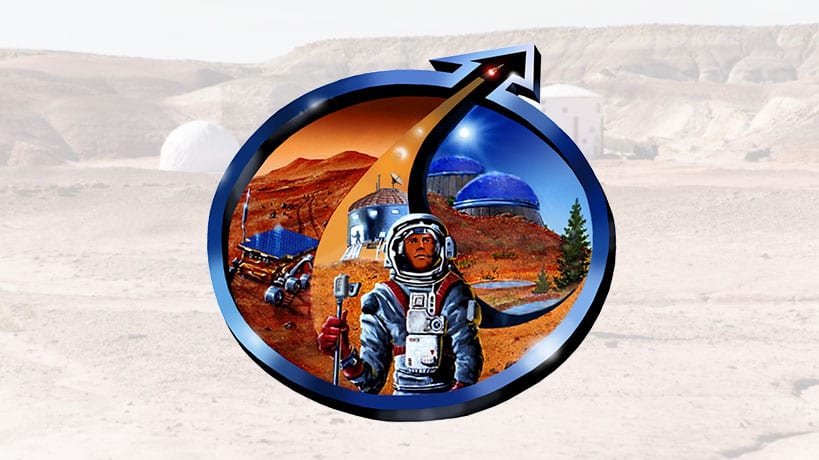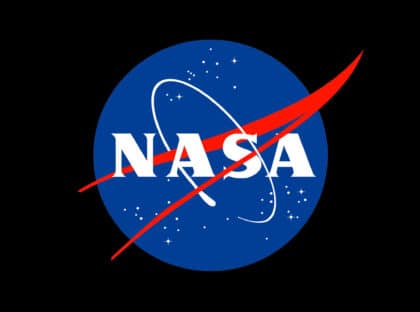
Robert Zubrin is president of the Mars Society and Pioneer Astronautics and the author of “The Case for Mars.” Homer Hickam is a former NASA engineer and the author of multiple books, including the memoir “Rocket Boys,” which was made into the film “October Sky.”
Late last year, President Trump directed NASA to “lead the return of humans to the moon.” For most folks, the meaning of this was pretty clear: Americans would soon walk on the moon again.
The space agency, however, had another idea. In February, NASA announced that it is planning to build the Gateway, a mini-space station that would orbit the moon — for no apparent reason.
The vague description of the space station on NASA’s website offers little clarity. There’s no certainty as to when it would be built, what it would be used for or why it is needed. Half a billion dollars are already dedicated to the Gateway this fiscal year without any obvious plan to do anything with the money except spend it. Beyond that, the budget isn’t known but is certain to be huge. NASA further revealed the obtuseness of the project by noting that it doesn’t know whether it would be permanently crewed or only occasionally visited or what exactly the astronauts would do when aboard.
As for landing people on the moon, NASA is vague about that, too. Apparently, if we wanted to build a lander sometime in the future, it would rendezvous with the Gateway for some reason and then attempt a landing.
This is all just plain weird. It’s like building a big, expensive aircraft carrier, positioning it off the European coast and requiring passengers going from New York to Paris to land there first and do something (although what isn’t known) until another airplane is built to pick them up to carry them to their destination. This, we suspect, is not the best way to get to France.
Rather than build this murky Gateway, which we frankly doubt the American people will understand or support, we believe the best expenditure of time and money is to simply make it a national goal to build a base on the lunar surface. Such a base would be similar to the U.S. South Pole Station and constructed for the same reasons: science, exploration, knowledge, national prestige, and economic and technological development for the benefit of the U.S. taxpayer.
To read the full op-ed, please click here.


